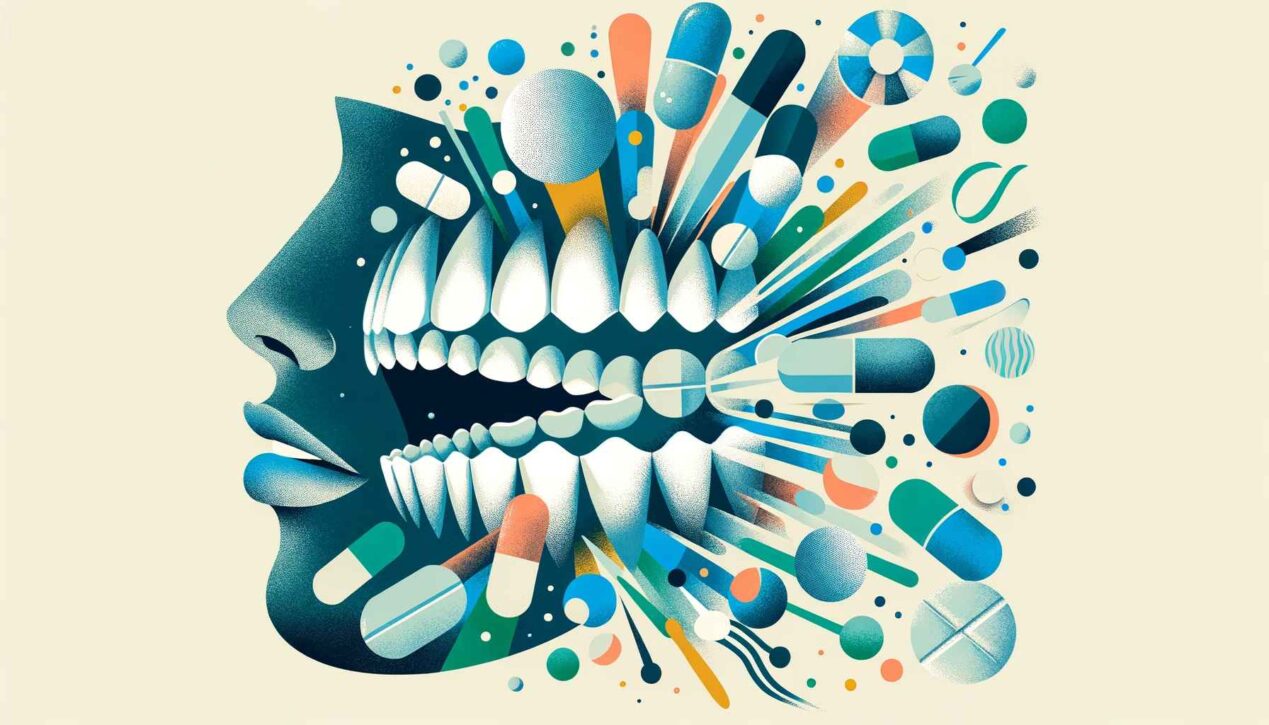This article aims to shed light on bruxism, commonly known as teeth grinding, with a particular focus on its prevalence and intensity among recreational drug users. Understanding the triggers, effects, and management strategies of bruxism can lead to better outcomes and improved overall health. We will not touch on manifestations of sleep bruxism or other similar conditions that are not related to substance use.
Bruxism is a condition characterized by the involuntary or habitual grinding of teeth and clenching of the jaw. Common symptoms include jaw pain, headache, tooth wear, and increased tooth sensitivity. If left untreated, bruxism can lead to severe dental damage, such as fractures or loss of teeth, and complications in the jaw joint (temporomandibular joint disorder, or TMJ).
Bruxism and Drugs
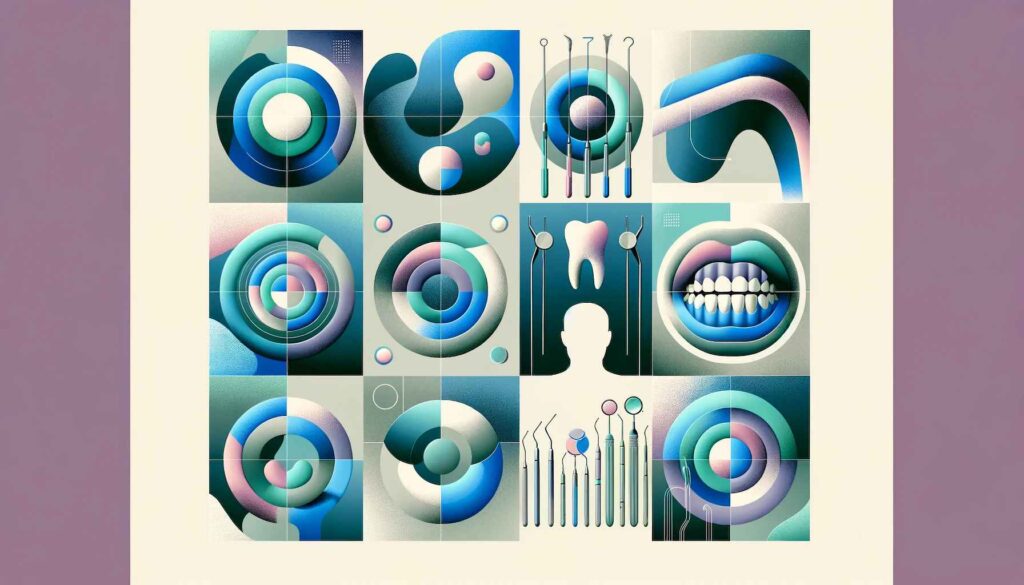
Recreational drug use can significantly exacerbate the frequency and severity of bruxism. Stimulants such as MDMA (ecstasy), cocaine, and amphetamines are particularly notorious for increasing muscle activity, including that of the jaw. These substances can alter neurotransmitter levels—specifically dopamine, serotonin, and norepinephrine—which play a role in mood regulation, energy levels, and muscle control. The heightened activity in these neurotransmitter systems often leads to intensified and uncontrollable jaw clenching and teeth grinding.
- MDMA (Ecstasy): MDMA causes a massive release of serotonin and, to a lesser extent, dopamine and norepinephrine. The flood of serotonin initially promotes a feeling of well-being and heightened sensory perception. However, as the drug’s effects wear off, the sudden depletion of these neurotransmitters can lead to a rebound effect, where muscle control becomes impaired, potentially triggering involuntary muscle movements, including pronounced jaw clenching or teeth grinding.
- Cocaine: Cocaine inhibits the reuptake of dopamine, serotonin, and norepinephrine, allowing these neurotransmitters to accumulate in the brain. This accumulation intensifies neuronal activity and body functions, leading to increased alertness, hyperstimulation, and excessive muscle activity including bruxism.
- Amphetamines: Similar to cocaine, amphetamines increase the release of dopamine and norepinephrine while also blocking their reuptake. This causes enhanced and prolonged sympathetic nervous system activity, leading to increased energy, alertness, and muscle tension, often manifesting as jaw clenching and teeth grinding.
Although bruxism is more often associated with activation of the Central Nervous System (CNS) and is most often associated with the use of stimulants and euphoretics, it is worth noting that the list of things that can cause bruxism is quite long:
Bruxism, or teeth grinding, can be exacerbated by a range of recreational substances, particularly those that act as stimulants. Here is a comprehensive list of recreational substances known to potentially cause or exacerbate bruxism. For example:
- Cathinones (Bath Salts) – Synthetic cathinones can produce effects similar to MDMA and cocaine, including bruxism.
- Synthetic Cannabinoids (e.g., Spice, K2) – These can have unpredictable effects, including increased anxiety and muscle tension.
- 2C-x and DOx Compounds – While primarily a hallucinogens, they can cause muscle tension and jaw clenching, particularly in high doses or stressful environments.
- Caffeine – High doses, especially in sensitive individuals, can lead to increased anxiety and muscle tension, contributing to teeth grinding.
- Nicotine – Particularly in high doses, can stimulate muscle activity leading to jaw clenching and bruxism.
- Alcohol – In some individuals, heavy alcohol use can exacerbate bruxism, especially during withdrawal periods.
Among recreational drug users, particularly those using stimulants like MDMA, cocaine, and amphetamines, the prevalence of bruxism can be as high as 60% to 90%, depending on the population and specific substances used. Estimates suggest that about 8% to 31% of the general population experiences bruxism, with many cases likely undiagnosed.
Teeth Grinding Consequences
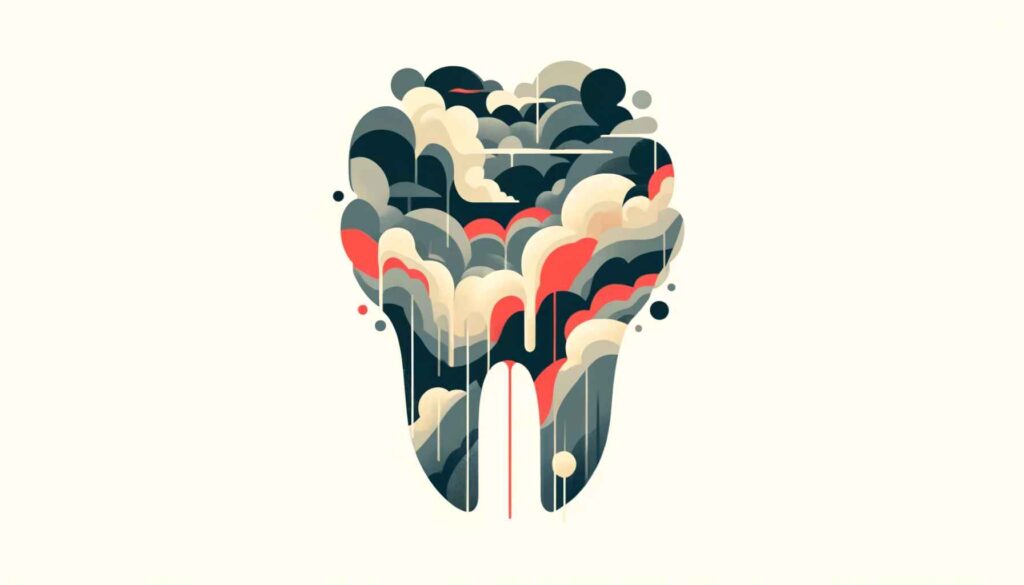
Short-Term Effects of Bruxism
The immediate consequences of bruxism, particularly when induced or exacerbated by recreational drug use, can include a range of discomforts and physical damage:
- Jaw Pain and Discomfort: One of the most common symptoms, resulting from the continuous tension and overuse of the jaw muscles. This can lead to muscle soreness that might extend to the cheeks and even the neck.
- Headaches: Often occur as a result of the tightness in the jaw and temples due to prolonged clenching. These headaches can be frequent and severe, affecting daily activities.
- Tooth Damage: Excessive grinding can lead to chipped or broken teeth, damaged fillings, and the wearing down of the tooth’s surface. In severe cases, it may expose deeper layers of the tooth, leading to sensitivity and pain.
Long-Term Effects of Bruxism
If bruxism is not adequately managed, it can lead to more severe, chronic issues over time:
- Severe Dental Damage: Continuous grinding can wear down teeth to stumps, leading to the need for bridges, crowns, root canals, implants, or even dentures.
- Temporomandibular Joint Disorder (TMJ): Chronic bruxism can lead to TMJ, a condition that causes pain and dysfunction in the jaw joint and the muscles that control jaw movement. This might manifest as difficulty in chewing, a clicking sound when opening and closing the mouth, and even lockjaw.
- Overall Health Impact: Chronic sleep disruption from nocturnal bruxism can lead to broader health issues such as increased stress, anxiety, and fatigue. These effects can compound the negative impact of recreational drug use, creating a vicious cycle of health deterioration.
Practical Jaw Clenching Management
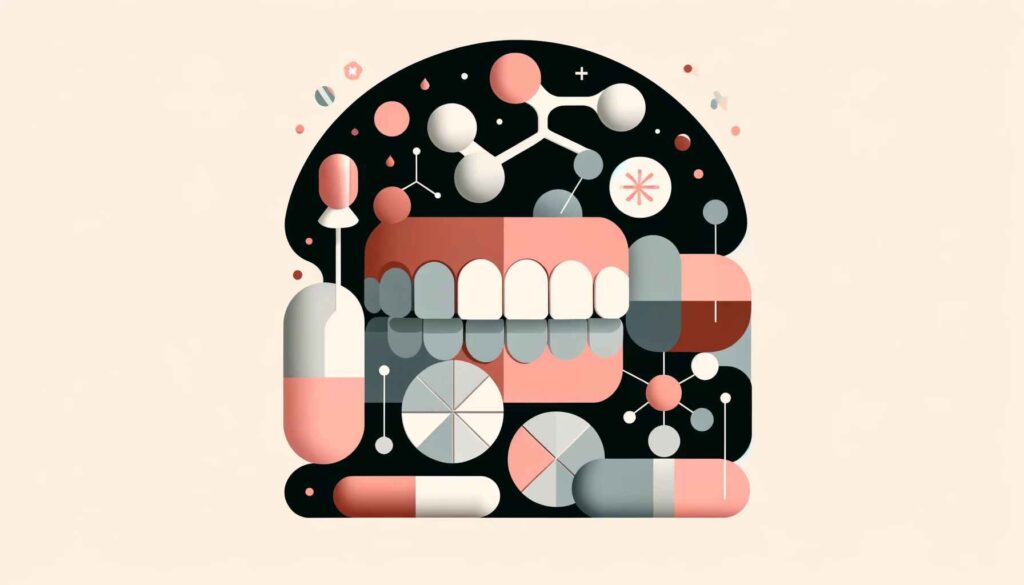
- Educate yourself and tell others about bruxism, dental and jaw health.
- Choose less stimulant-intensive recreational drugs as alternatives that might not exacerbate bruxism to the same extent.
- Stick to minimum and medium dosages. High dosages increase the risk of adverse reactions, among which there will definitely be bruxism. Remember that you can always add, but you will not be able to remove the excess.
- Stay hydrated. Keep an eye on water intake, particularly when using MDMA, as it promotes ADH secretion and raises body temperature, increasing the risk of water retention. Adequate hydration is crucial. Water helps maintain saliva production essential for dental health and can alleviate muscle tension.
- Use Magnesium. In the form of magnesium glycinate and magnesium lysinate (most bioavailable magnesium forms), can be highly effective in alleviating bruxism. It is recommended to take a dose of 200 mg approximately six hours before, and again one to three hours prior to using a stimulant like MDMA or amphetamine. This regimen can help mitigate the severity of teeth grinding associated with these substances.
- Use chewing gum, chewing toy, or a pacifier. Seriously. If bruxism has started, this is a great way to let the jaws work, reduce the load on the teeth and protect the oral mucosa from self-biting.
- DO NOT use a mouthguards or any retainer under the drugs – this will only worsen the problem, increase tension, create additional pressure points and can lead to damage to teeth, oral mucosa and other complications.
Treatment Strategies for Bruxism
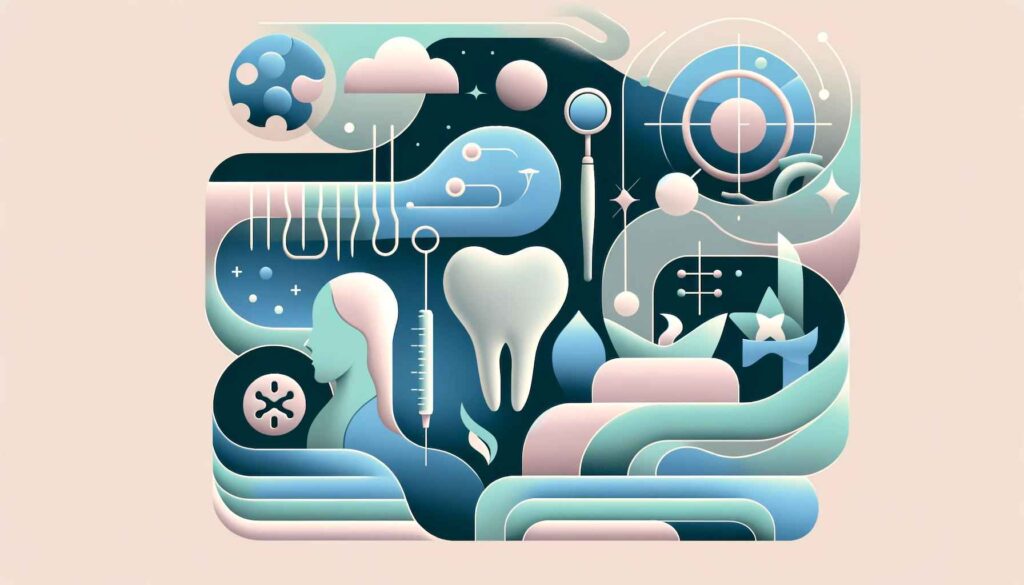
Next, I will briefly focus on approaches that can help if bruxism appears or persists outside of substance use. That is, it begins to take a chronic form.
- Yoga and Meditation: These practices can significantly reduce stress levels, which is a common trigger for bruxism. Regular practice helps in relaxing the mind and body, thus potentially reducing the frequency and intensity of jaw clenching.
- Other Relaxation Techniques: Including deep breathing exercises, progressive muscle relaxation, and guided imagery can also help manage the stress and anxiety that often accompany and exacerbate bruxism.
- Massages: Targeted massage therapies can help relieve muscle tension in the jaw, neck, and shoulders. Techniques such as trigger point therapy can reduce tightness in specific areas that contribute to bruxism.
- Exercises: Physical therapists may also recommend exercises aimed at strengthening and relaxing the jaw muscles. These can include jaw stretches that help increase the range of motion and exercises to enhance muscle coordination and relaxation.
- Acupuncture: This traditional Chinese medicine technique involves inserting fine needles into specific body points to restore balance and block pain pathways. Acupuncture can be particularly effective in reducing pain and muscle tension associated with bruxism.
- Muscle Relaxants: These medications can be prescribed for short-term use to help reduce muscle tension and manage symptoms of bruxism. Common muscle relaxants include cyclobenzaprine and methocarbamol.
- Other Medications: In some cases, doctors might prescribe medications that influence neurotransmitter activity, such as certain antidepressants, if bruxism is linked to anxiety or depression.
- Mouthguards and Splints: These are custom-fitted devices that a dentist can provide to wear over the teeth during sleep. Mouthguards and splints help distribute the pressure across the jaw and create a physical barrier to protect teeth from grinding. They can also reduce the strain on the jaw joints and muscles, thereby alleviating pain and preventing further dental damage.
- Support Groups: These groups provide a platform for sharing experiences and strategies, offering both emotional and practical support. Groups may focus on drug recovery or specific habits like bruxism.
- Counseling: Professional counseling can address the psychological triggers of bruxism, such as stress and anxiety. Cognitive-behavioral therapy (CBT) is particularly effective in helping individuals alter behaviors and thought patterns that contribute to both drug use and bruxism
Integrating these physical, psychological, and holistic strategies can provide a comprehensive approach to managing bruxism, particularly in those whose condition is exacerbated by recreational drug use.
Conclusion
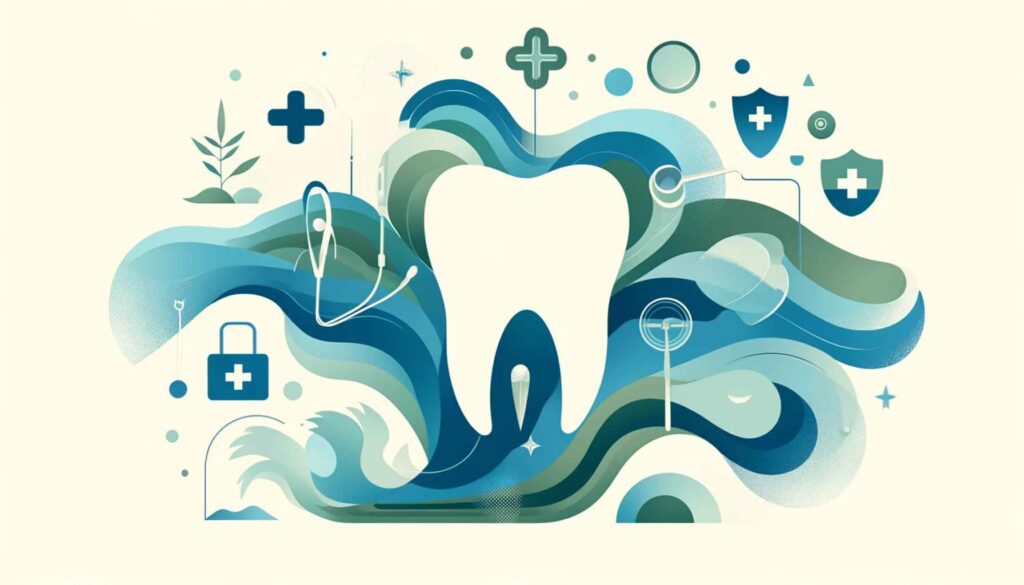
In conclusion, bruxism is a common and often overlooked condition that can significantly impact the quality of life, particularly among recreational drug users. Stimulants such as MDMA, cocaine, and amphetamines are known to exacerbate teeth grinding and jaw clenching, leading to a range of dental and muscular issues if left unaddressed. Effective management of bruxism in the context of drug use involves a combination of harm reduction approachs, lifestyle adjustments, and potentially the use of supplements like magnesium glycinate, which has shown efficacy in alleviating symptoms by providing bioavailable magnesium.
Education on the risks associated with drug-induced bruxism, along with practical strategies for mitigation such as engaging in stress-reduction techniques, and maintaining proper hydration, are crucial. It’s also important for individuals to be mindful of their substance use and its potential to contribute to dental health problems. By proactively addressing the symptoms and underlying causes of bruxism, individuals can protect their oral health and overall wellbeing, ensuring that the impact of recreational drug use does not lead to severe long-term consequences.


